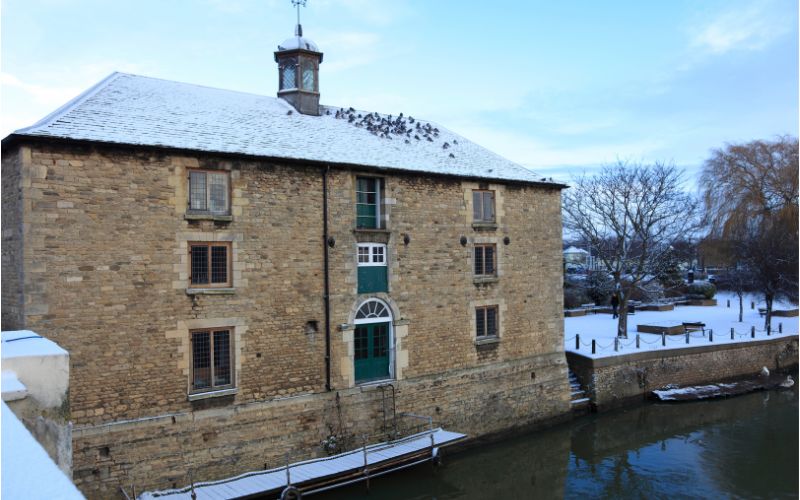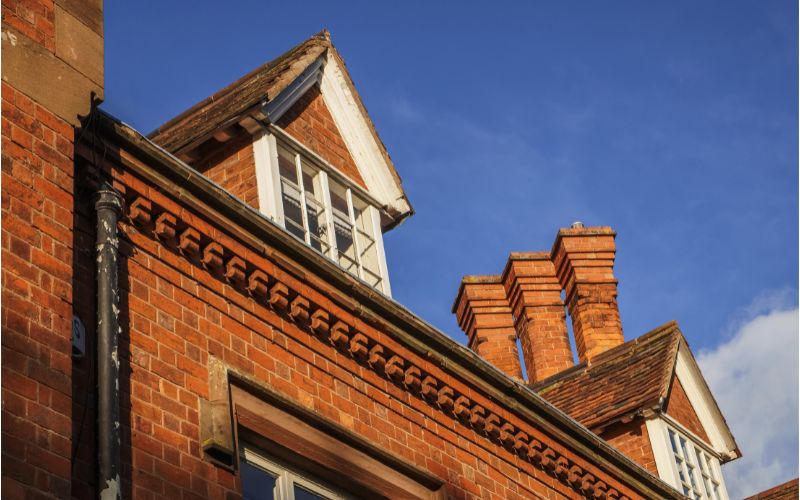Over 290 flood warnings were put in place at the start of January, with more than 360 flood alerts issued by the Environment Agency. Wind gusts of up to 94mph were recorded and the Energy Networks Association (ENA) reported a power outage which left around 38,000 homes without power due to the damage caused by the storm.
Homeowners are now left to deal with costly damages and repair work left behind. So, where to start?
Take a look at your roof
Your roof is most likely to take a lot of damage in the event of a storm, so checking this area first is key.
Try to conduct a thorough visual inspection from the ground, looking for missing or damaged tiles, cracks, and signs of water leakage. If you’re unable to inspect the roof, a building surveyor will be able to check it for you.
If you notice any immediate dangers, such as hanging branches or loose debris, ensure your safety by removing them cautiously. For minor roof repairs, you can use roofing cement to seal small cracks and replace missing or damaged shingles.
However, whilst it is possible to fix any cracks, gaps, or missing roof tiles yourself, it is often advised against unless you are completely confident in doing so.
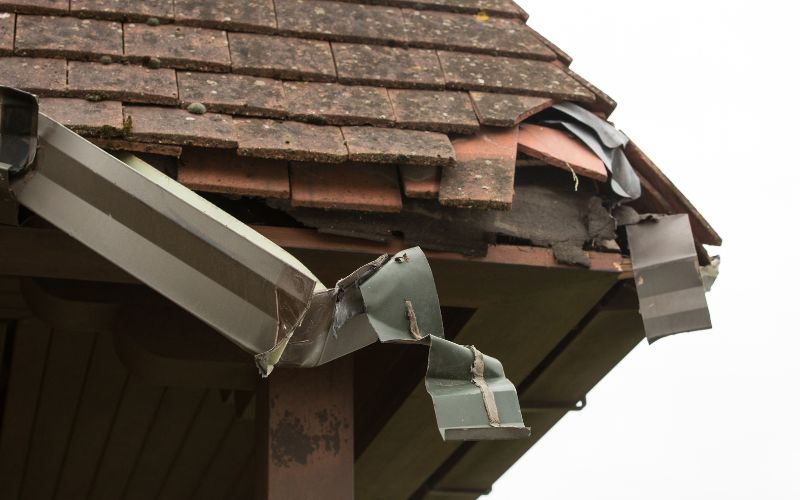
Repair windows and doors
Begin by assessing the extent of the damage. Look for broken glass, damaged frames, or misaligned doors.
For broken windows, carefully remove any shattered glass, and replace it with a temporary protective covering like plywood until you can install a new pane. Damaged frames may require patching with wood filler or epoxy.
Misaligned doors can often be fixed by adjusting hinges or realigning the frame. Ensure that all repairs are conducted with safety in mind, and seek professional assistance if needed, especially for major structural issues.
Remember to document the damage for insurance purposes and keep receipts for any repairs made.

Evaluate exterior walls
Look for signs such as cracked or loose siding, damaged paint, and water stains, as these may indicate underlying issues.
Check for dents or punctures in metal siding, missing or broken shingles on your roof, and any displaced or damaged bricks or stones in masonry walls.
Addressing these problems promptly can prevent further deterioration and potential water infiltration.
When it comes to repairs, start by cleaning and preparing the damaged area. Replace or secure loose siding, repaint where necessary, and patch up any visible cracks or holes.
For more extensive damage, consider consulting a professional contractor who can assess the structural integrity and provide a comprehensive solution.
Timely action will not only safeguard your home but also save you from costly repairs down the line.
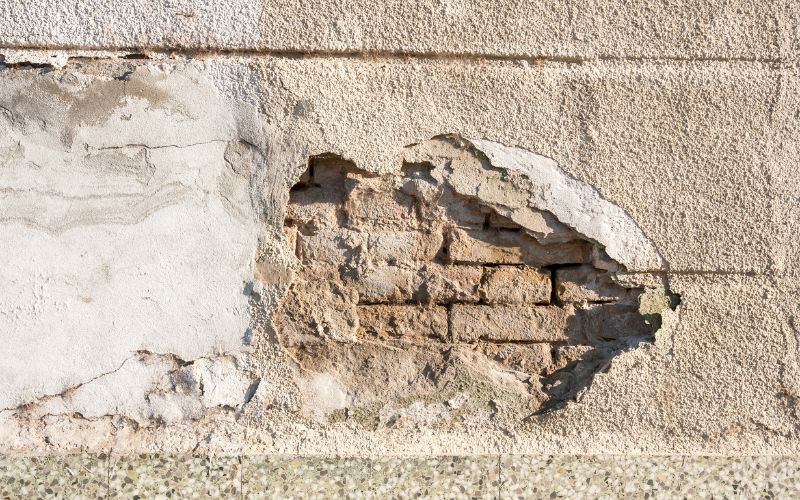
Structural repairs
In some instances, you may find the storm has caused structural damage to your home, from compromised foundations to slanted walls.
Here, it is vital to seek the assistance of a professional. A skilled building surveyor can assess the extent of the damage, conducting a thorough examination on your behalf.
Through their expertise, they can provide homeowners with a detailed report outlining the necessary repair works and recommending suitable solutions. This may involve stabilising the foundation, addressing soil erosion, or implementing other measures to ensure the long-term structural integrity of the property.
Moreover, the surveyor can liaise with contractors and oversee the repair process, ensuring that the work is carried out in compliance with safety standards and local regulations.
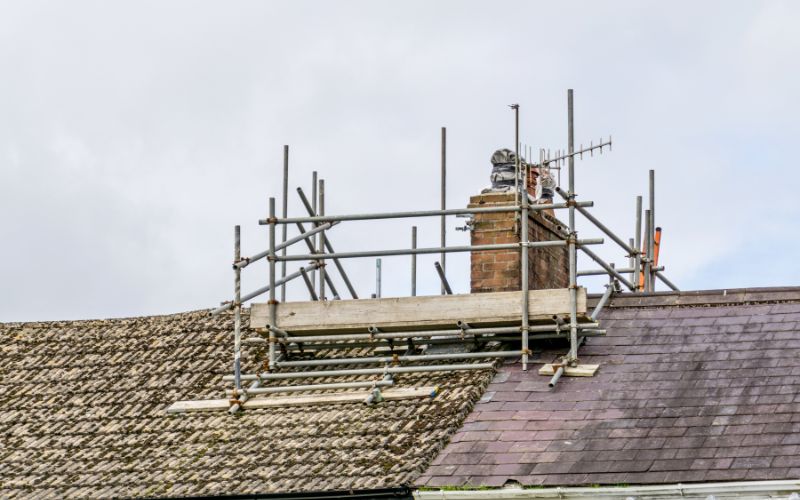
Repairing water damage
For your safety, you will need to turn off electricity in all affected areas, wearing appropriate protective gear such as gloves and masks, to avoid contaminants.
Next, it's essential to assess the extent of the damage and document it for insurance purposes. If the damage is significant, using pumps or wet-dry vacuums can help remove standing water.
Thoroughly drying the affected areas is imperative to prevent mould growth, utilising fans, dehumidifiers, and open windows. Damaged materials, like wet drywall or insulation, should be promptly removed and replaced.
It's advisable to disinfect surfaces with a mixture of water and bleach to mitigate potential health risks.
For more extensive repairs, seeking professional help from water damage restoration services may be necessary.
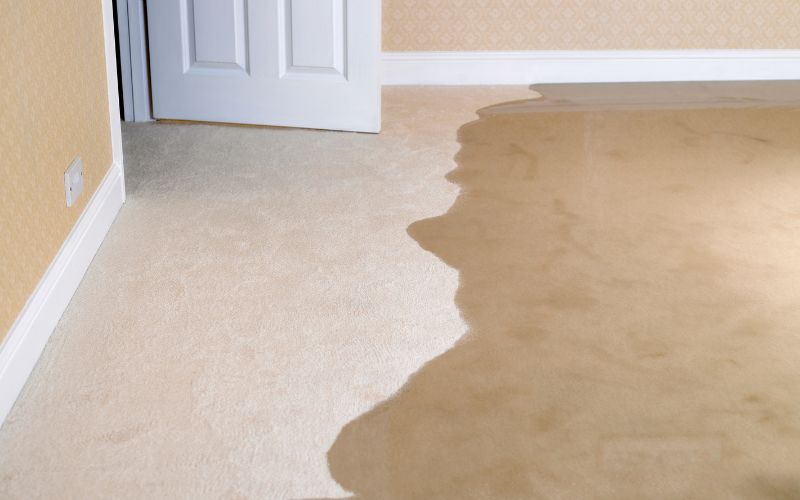
Prevention is key
You could save yourself thousands of pounds in storm damage by taking a few simple steps. Some experts believe you could save as much as £5,000 with thorough preventative measures.
Whether it’s that time of year or there’s been a storm or flooding alert announced, here are some of the ways you can prevent storm damage to your home:
- Sheds and fences should be inspected
- Rid your garden of any overhanging branches and garden debris
- Check your roof
- Park your car in a garage or away from potential hazards
- Ensure your bins are securely put away
- Aerials may also need securing (if you have one)
- Put potted plants away (reduces breakage and debris)

Whilst these seven steps are great for minimising damage to the outside of your home, you must not forget to protect the inside of your home too:
- Make sure that you close and lock all doors and windows
- Unnecessary electricals should be switched off
- Take any valuables upstairs and try to keep items elevated (in case of flooding)
- Put away objects that could break or fall and injure someone
- Turn of gas and electric mains in worst case scenario.
Overall, it is important to keep yourself and your family safe. The best place for you to be is inside unless told otherwise by the emergency services or local authorities.
Your insurance company will be able to talk to you about your coverage, but if you’re really concerned about protecting your property against storm damage you can always talk to one of our chartered building surveyors who are always happy to help.
Who are we?
Our team of Chartered Building Surveyors work closely with estate agents, landlords, lenders and local authorities across London and the South Coast to proactively navigate a changing horizon. From ensuring new projects are delivered on time and in budget, to delivering upgrades on behalf of councils.
Read more about our solutions here:
Reinstatement Cost Assessments
Planned Preventative Maintenance
Alternatively, email us at enquiries@sillencehurn.co.uk or call our Southampton team on 02380 014786 or London at 020 3143 2128.
If you're looking for the next steps in your career why not check out our latest opportunities and see if we align with you and your values!


